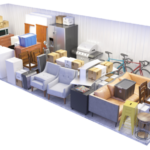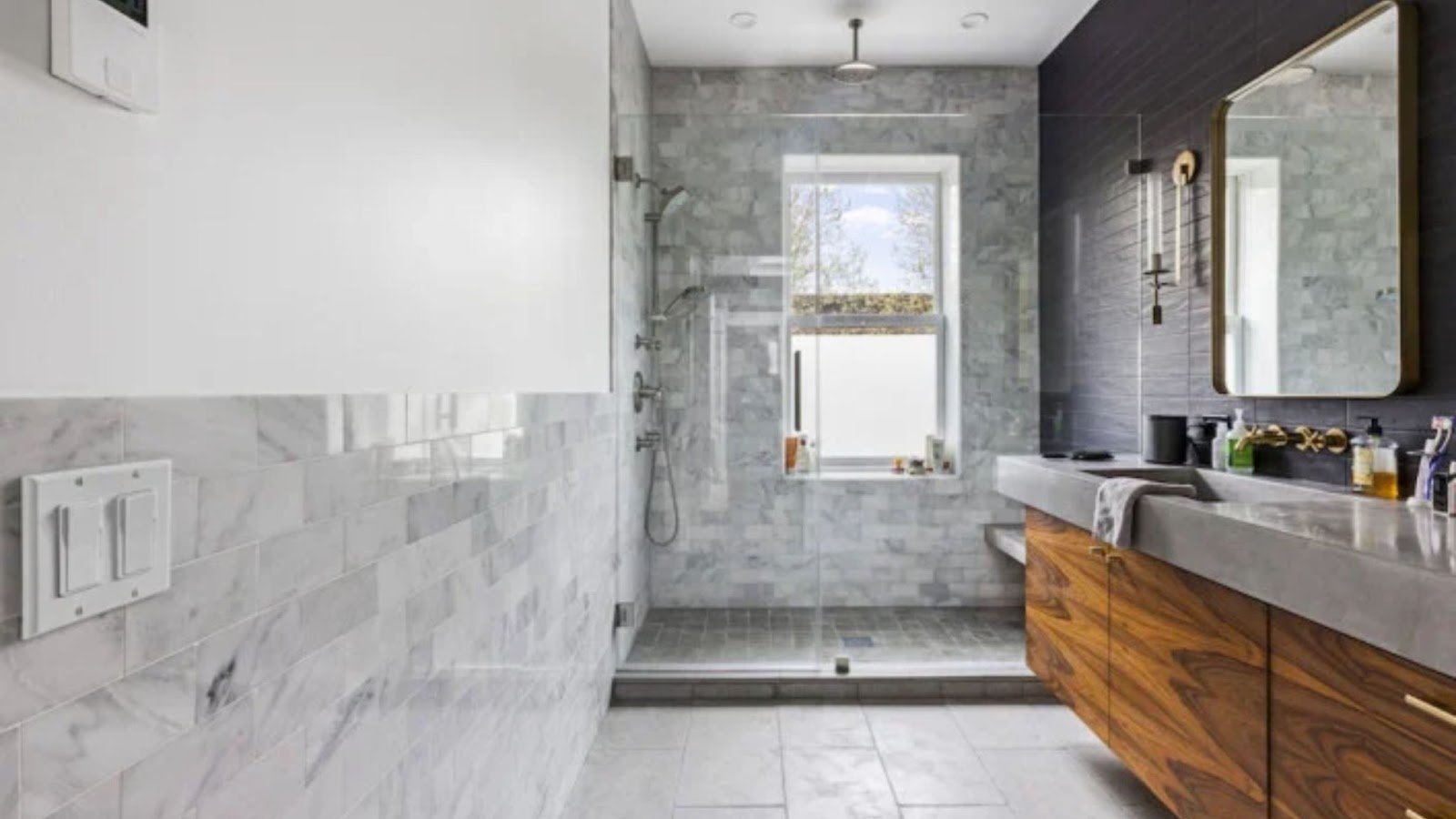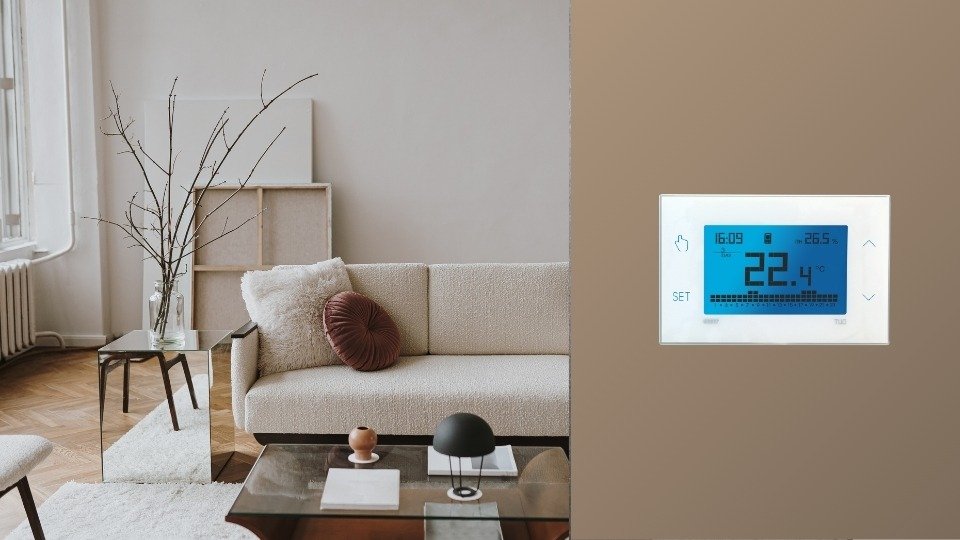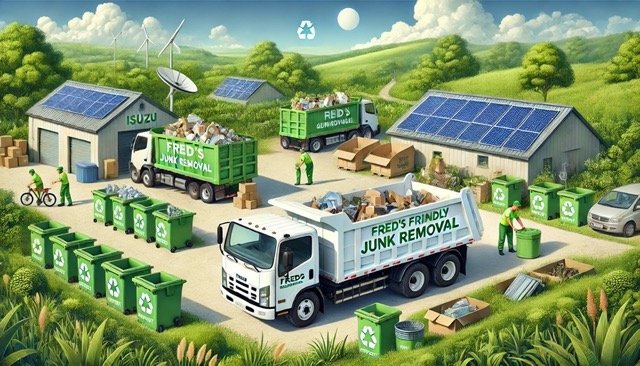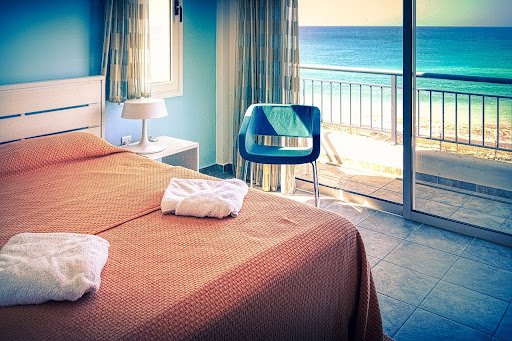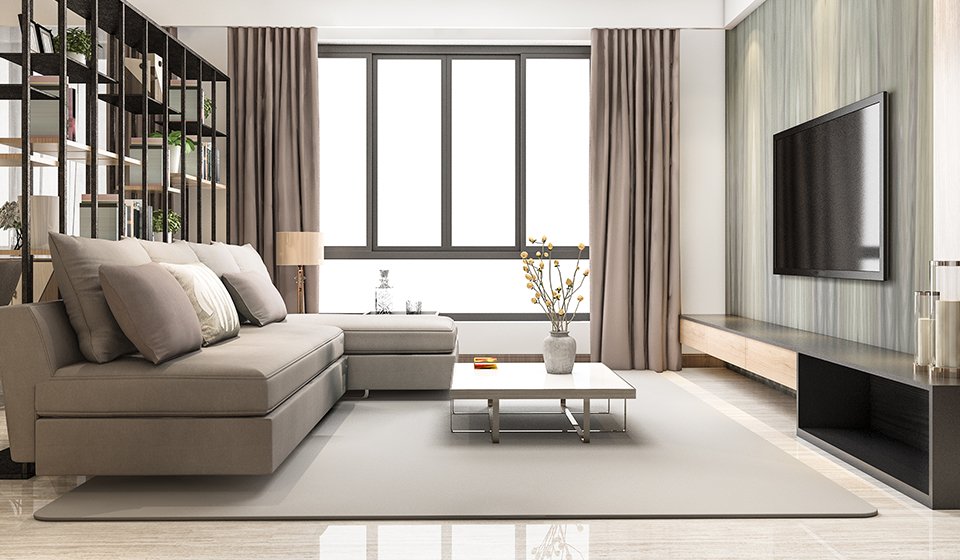An eco-friendly bathroom remodel is a great place to start! Most of us don’t realize how much water we waste daily, especially in the bathroom. Small changes can lead to big savings and it all starts with the right fixtures.
Choosing water-saving fixtures isn’t just smart; it’s simple too. From low-flow showerheads to efficient toilets, today’s options are stylish, affordable, and super easy to install. Whether you’re remodeling your entire bathroom or just swapping out old fixtures, you’ll be making a difference for your home and the planet.
Understanding the Importance of Water-Saving Fixtures
When it comes to an eco-friendly bathroom remodel, understanding the importance of water-saving fixtures is the first step. These fixtures help reduce the amount of water your household uses every day, which is good for both the environment and your utility bills.
For anyone planning bathroom remodeling NYC projects, incorporating sustainable features like low-flow toilets and water-efficient showerheads is a smart way to create a stylish and eco-conscious space.
Why Water-Saving Fixtures Matter
Water-saving fixtures are designed to use less water without sacrificing performance. Bathrooms are one of the biggest places in your home where water is used, so upgrading to these fixtures can make a big difference.
Using less water means conserving a valuable natural resource and cutting down on the energy needed to heat water. This helps reduce pollution and lowers your carbon footprint.
How Water Waste Happens in Bathrooms
Most traditional bathroom fixtures use more water than needed. For example, old toilets can use up to 6 gallons of water per flush, while newer water-saving toilets use less than half of that.
Similarly, older showerheads and faucets might waste water because they have a high flow rate. When you upgrade to fixtures designed to save water, you reduce this waste without even noticing a drop in comfort.
Benefits for Your Home and Wallet
Installing water-saving fixtures doesn’t just help the environment—it saves you money. Lower water usage means smaller water bills, and less hot water means savings on energy bills too. Over time, these savings add up, making water-saving fixtures a smart investment for any bathroom remodel.
Choosing the Right Water-Saving Fixtures
Picking the right water-saving fixtures is key to making your bathroom both eco-friendly and comfortable. When choosing these fixtures, you want to find options that save water without making your daily routines harder or less enjoyable.
Types of Water-Saving Fixtures to Consider
There are several types of water-saving fixtures to look for in your bathroom remodel. Low-flow toilets use much less water per flush than older models. Faucet aerators mix air with water to reduce flow without cutting pressure.
Low-flow showerheads also use less water while still giving you a good spray. Knowing these options helps you decide which ones fit your needs and budget best.
What to Look For in Fixtures
When shopping for fixtures, keep an eye out for the WaterSense label. This label, given by the Environmental Protection Agency, means the product meets strict standards for water efficiency and performance.
Another important factor is the flow rate, which is measured in gallons per minute (GPM). Lower GPM numbers mean less water use, but you still want enough flow to feel comfortable.
Balancing Cost and Quality
Water-saving fixtures come in a range of prices. While some cheaper models may save water, they might not last as long or work as well. It’s a good idea to invest in quality fixtures from trusted brands to avoid problems down the road. Remember, a slightly higher upfront cost often means bigger savings and less hassle over time.
Easy Installation Tips for Beginners
Installing water-saving fixtures can seem tricky, but it’s actually easier than you might think. With a little guidance, even beginners can replace old fixtures and start saving water right away.
DIY or Professional Help?
First, decide if you want to do the installation yourself or hire a pro. Simple upgrades like swapping out a showerhead or faucet aerator are usually easy to do on your own. But for more complex jobs, like replacing a toilet, calling a plumber might be safer and save you time.
Tools You’ll Need
For basic fixture changes, you’ll typically need just a few common tools. An adjustable wrench, plumber’s tape, and a screwdriver are usually enough. Having these ready before you start makes the job smoother.
Step-by-Step Installation Tips
Start by turning off the water supply to avoid any leaks or spills. Remove the old fixture carefully, keeping any screws or parts you might need later. When attaching the new fixture, use plumber’s tape on threaded connections to prevent leaks. Tighten everything firmly but don’t overdo it, as that can cause damage. Finally, turn the water back on and check for leaks.
Avoiding Common Mistakes
Take your time and follow instructions closely. Rushing can lead to leaks or broken parts. Also, make sure the new fixture fits your existing pipes and connections. If you run into trouble, don’t hesitate to stop and ask for help or call a professional.
Maximizing Efficiency and Comfort
Choosing water-saving fixtures is just the start. To get the most out of your eco-friendly bathroom remodel, you want to maximize both efficiency and comfort. That means saving water without giving up a great experience.
Balancing Water Savings with Good Pressure
One common worry is that water-saving fixtures won’t have enough pressure. The good news is many modern low-flow showerheads and faucets are designed to keep strong water pressure while using less water. Look for fixtures that offer a steady, satisfying flow so you don’t feel like you’re missing out.
Adding Smart Upgrades
To boost efficiency, consider adding smart features like motion sensors or timers. These can help control water use by shutting off faucets or showers when you’re not actively using them. Smart technology makes saving water easier without any extra effort on your part.
Keeping Fixtures in Top Shape
Regular maintenance helps keep your water-saving fixtures working well. Clean showerheads and aerators to prevent clogs that reduce flow. Check for leaks around faucets and toilets to avoid wasting water. A little upkeep goes a long way in maintaining efficiency and comfort.
Real-Life Benefits
Many homeowners find that water-saving fixtures not only lower their bills but also improve their daily routines. With the right balance of efficiency and comfort, you can enjoy your bathroom while making a positive impact on the environment.
Conclusion
Choosing water-saving fixtures for an eco-friendly bathroom remodel is an easy way to cut costs and protect nature. Every drop counts! With the right tools and tips, you’ll have a bathroom that saves water and looks great too.
YOU MAY ALSO LIKE: Upgrades That Can Make an Old Home Feel New Again






